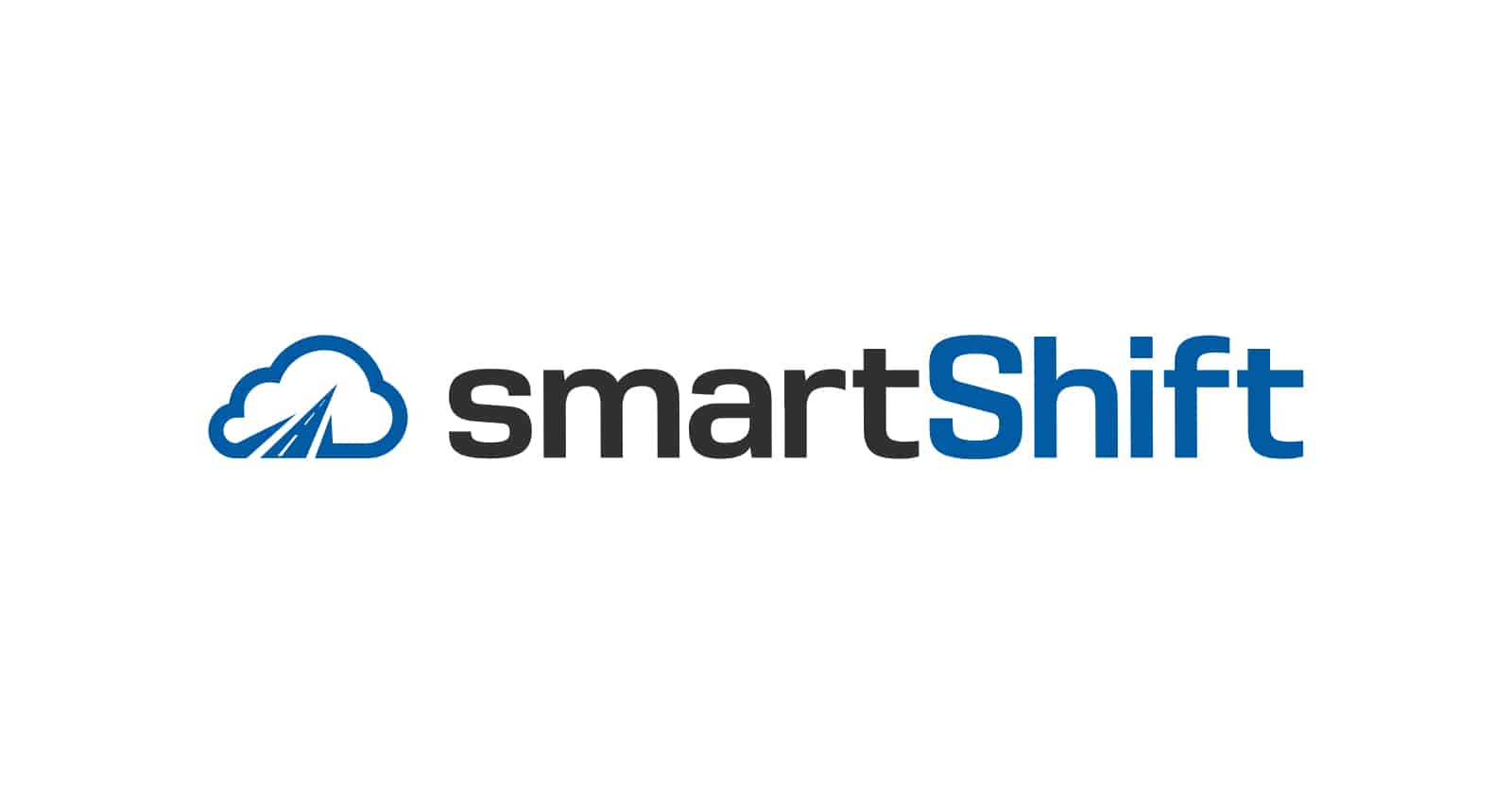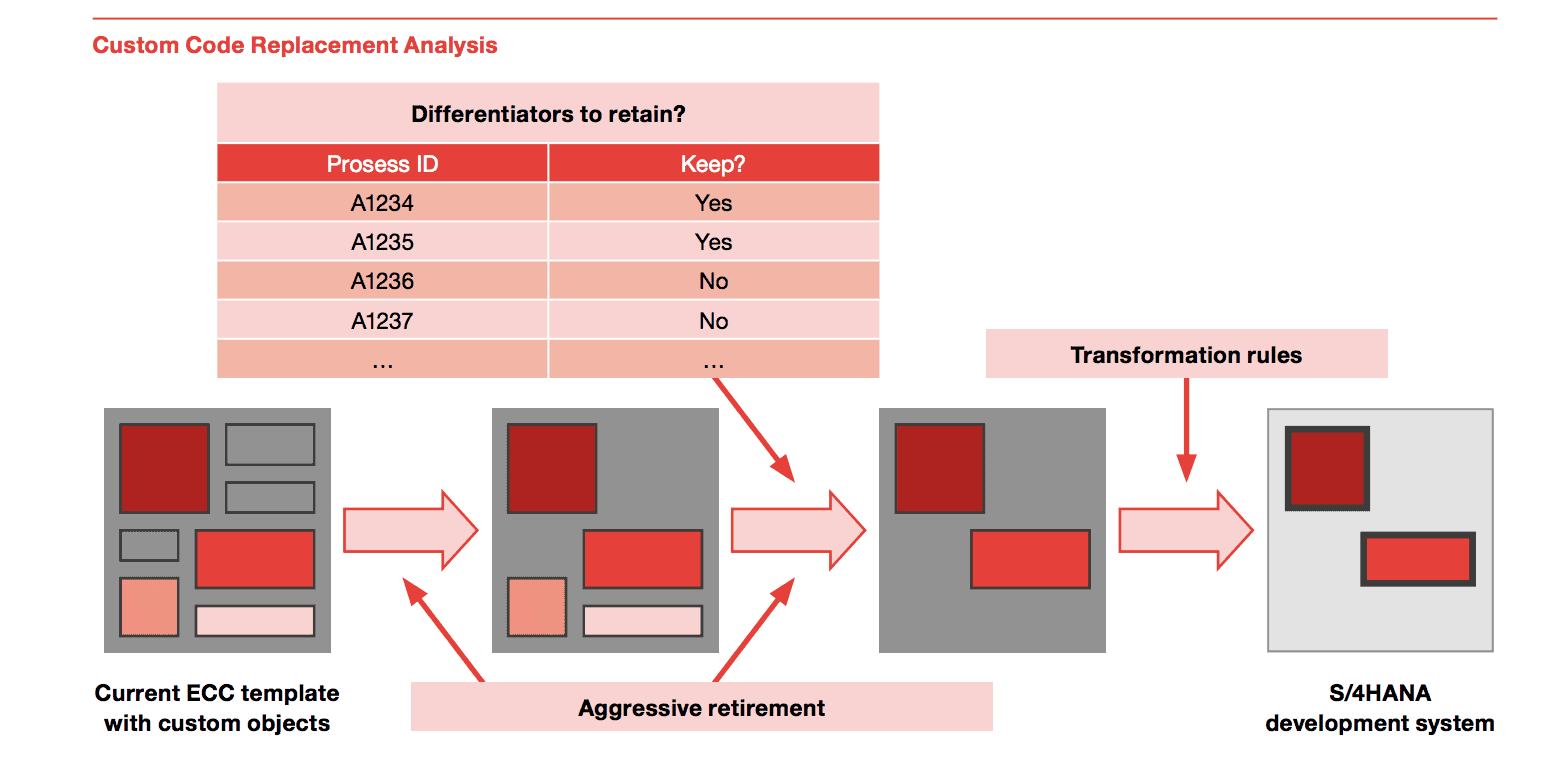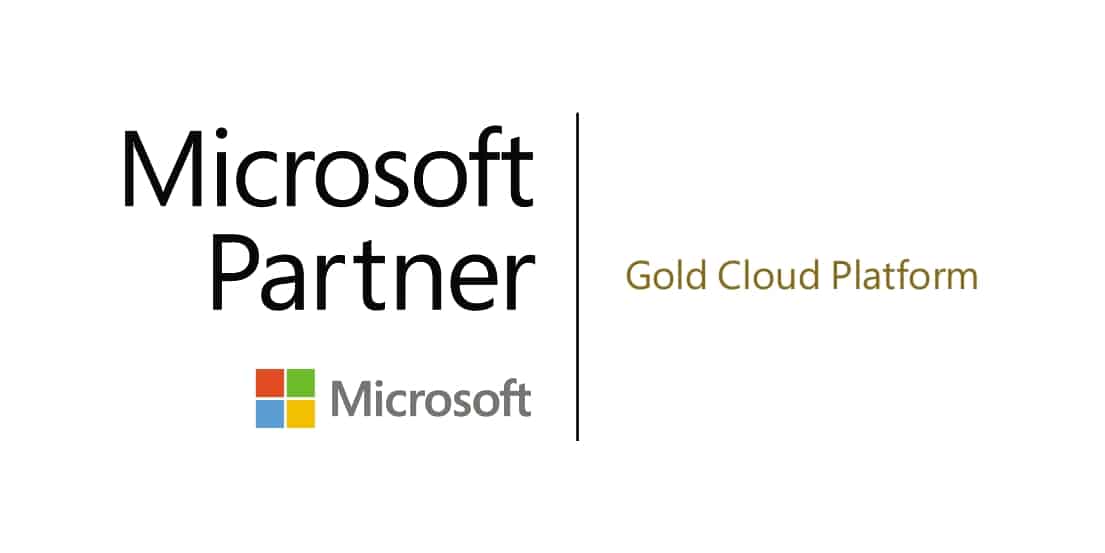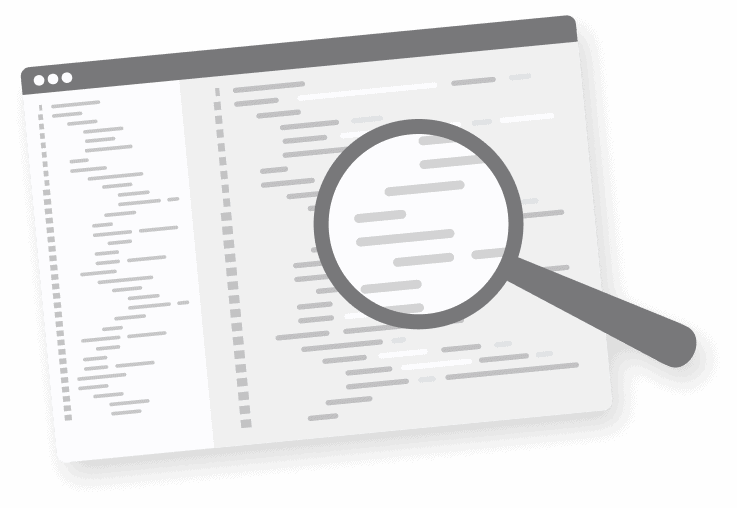
We are excited to drive the adoption of S/4HANA and Cloud along with RISE for SAP and our partners.
“RISE with SAP” is a subscription offering that bundles software licenses, Infrastructure-as-a-Service from your hyperscaler of choice, Cloud Managed Services, and Application Managed Services. SAP leads with One Offer, One Contract, and Unmatched TCO as the benefits to the customer.
In our view, RISE is about SAP establishing itself in the ever-growing Cloud market and taking back control over customer adoption of the latest SAP feature sets. SAP customers who maintain their own systems usually and inevitably lag behind on updating their systems due to the high degree of complexity, especially when considering customizations.
SAP wants to change that, becoming more agile, and delivering continuous value to its customers via a Software-as-a-Service model. This is a fantastic goal for sure, but what happens to all of the custom code that has been self-written, paid for, working well, and is critical for the customer’s business operations? Quite often, some of our system integrator partners end up walking the customers down the greenfield or re-implementation path, which is sometimes a fit, but what if it isn’t? Successful transformation of any kind, including RISE with SAP, starts with proper analysis and expert level planning. smartShift strongly believes that our 20+ years of experience deep in the heart of code analysis, automated code remediation, and modernization should absolutely be a key component when considering the RISE with SAP offering.
What are the benefits of RISE with SAP for customers?
One of the main benefits of RISE is a clearer explanation of the path to S/4HANA and the cloud. The different S/4HANA editions provide customers flexibility with various extensibility concepts. Ultimately, businesses can run S/4HANA in the public cloud, and customizations can run decoupled on another instance, retaining past investments. Custom and standard code can coexist “side by side,” and communication will run via standardized (REST) interfaces.
This revolutionary approach has significant benefits for customers, allowing them to become more agile and innovate faster with a DevOps approach. This is a key competence of smartShift. We have been helping our customers to go down this path for quite some time now. We have built up an expert knowledge of the SAP Codebase, which is the backbone of our intelligent automation platform™ that we have built over the last 20 years. smartShift’s automation platform focuses on the customers’ strategic custom developments that they have implemented to differentiate from their competitors. Over the last few years, smartShift has systematically started working with our customers to identify their key business processes and prepare them for future cloud architecture.
While manual modernization approaches are very time consuming and often not feasible after all activities are known, an automated approach is highly supportive, repeatable, fast, and always delivers the same high quality. Algorithms can be used to determine which processes can be decoupled, whether they are used often, the frequency with which they are adapted, and how they fit into the new FIORI-supported architecture. Lengthy manual approaches that can take months while algorithmically done in hours! Models that visualize dependencies in graphs and identify interfaces to be generated as REST APIs allow fast, agile development. By doing so, not only is the customer code decoupled from the standard, but “services” can be generated depending on the business domain. This allows companies to reuse their existing software assets, resulting in huge cost and time savings for a migration project.
At smartShift, we are incredibly excited about the rejuvenated messaging from SAP to drive adoption for S/4HANA, cloud, and ongoing continuous modernization. We believe in the RISE for SAP program because we know that it will enhance the return on investment in both time and money spent on modernizing SAP systems. In fact, we have been successfully delivering smartSuite for SAP on Cloud by smartShift, a single-source bundled solution similar to RISE, for years! The solution has already proven successful for numerous customers, such as Nilfisk, a major supplier of professional cleaning equipment for industrial, commercial, and consumer markets. Last week, we posted a video about it that you can check out here.
What are the benefits of RISE with SAP for our system integrator partners?
In addition to our RISE-like bundle, smartShift automation for custom code modernization will fast-track RISE implementations for our partners. Leveraging our automation, SAP and its SI partners can complete transformations exponentially faster and with significantly less risk. For years, partners like DXC, Deloitte, IBM, and PWC have relied on smartShift’s automation and expertise to accelerate transformation programs for customers such as BMW, Airbus, Döhler, Procter & Gamble, and Sika, among others. smartShift’s Intelligent Automation Platform™ complements the RISE with SAP program to provide customers with:
- Automated system analysis enabling rapid understanding of the entire custom code base accelerating planning & project delivery
- Automated simplification of existing custom code through decommissioning of obsolete code, accelerating adoption of future releases, and simplifying upgrades to reduce cost and time significantly
- Automated analysis to identify, repackage, containerize and transform custom code to SAP’s modern frameworks in RISE like RAP, CAP, Fiori as native SAP cloud code
- Automated modernization of custom code to support all SAP projects, including S/4HANA, Security, Stability, M&A, and system consolidations

- Speed: 4 weeks guaranteed
- Quality: Error rates <0.1%
- Issue Resolution: <2hrs
smartShift has been leading the way in providing automation to help customers realize SAP strategic initiatives on the journey to the Intelligent Enterprise via cloud adoption and S/4HANA transformation. As a global business partner to SAP, we are excited and expertly positioned to walk alongside the RISE program and help you fast track your business transformation. Stop running your SAP like you did ten years ago and evolve to RISE with SAP and Shine with smartShift. The time is now! Reach out to us for a technology-enabled data-driven analysis and planning to fast track your business transformation.













